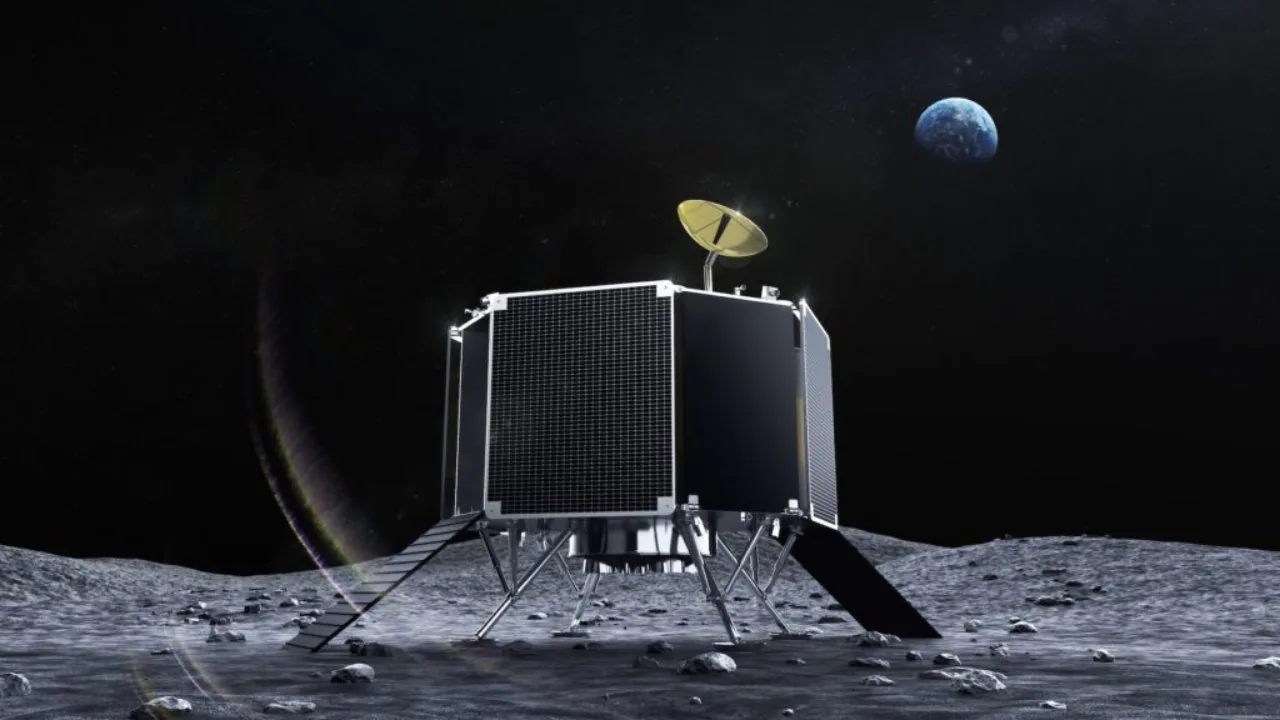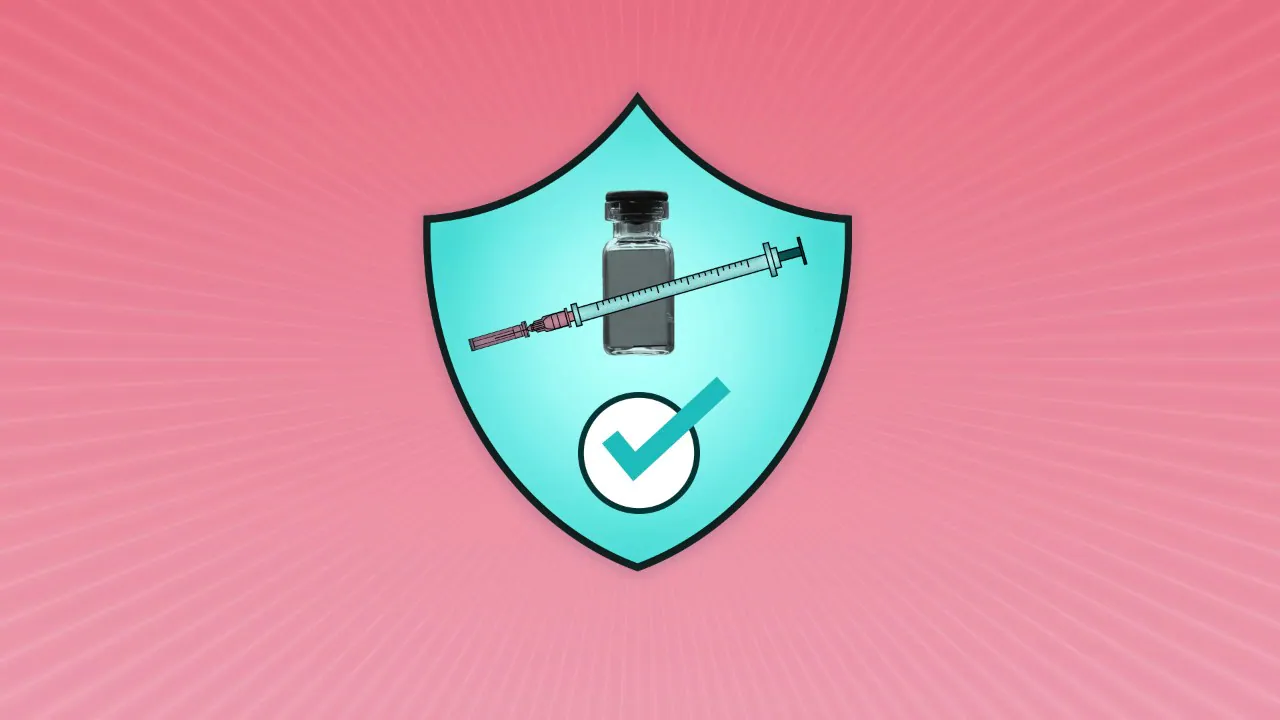FP TrendingAug 26, 2021 14:21:04 IST
ispace, a Japanese space startup, has unveiled its designs for its third lunar lander that is set to be launched by 2024. The company has said that the next-generation lunar lander, dubbed Series 2, would be able to survive the frigid lunar night time.
The lander would also be larger in payload capacity and size than the start-up’s first lander. The new vehicle would be capable of carrying up to 2,000 kilograms into lunar orbit and 500 kilograms to the surface of the moon.

ispace’s Series 2 lunar lander. Credit: ispace
Series 2 will also include multiple payload bays and advanced guidance, navigation and control (GNC) system to ensure it sticks to its path. It is capable of landing on both the near and far sides of the moon, including its polar regions.
ispace had earlier announced that it will transport an unmanned rover of the United Arab Emirates (UAE) to the moon in 2022. The mission will deliver the UAE’s Rashid’ rover to the Moon.
ispace has said the preliminary design reviews for Series 2 have been completed. Takeshi Hakamada, Founder and CEO of ispace said the mission “will enable us to not only increase our capabilities but also to provide greater access and opportunities for our customers”.
The startup also said it had raised about $46 billion from its Series C funding round to help in the company’s second and third lunar mission. It is also set to collaborate with Canadian company Stardust, Australia’s University of Technology Sydney and EXPLOR Space Technologies over developing a lunar resources extraction rover with mixed reality and haptic robot arm features.
Last year, the company had announced a new data platform business called “Blueprint Moon”. The business would collect lunar data, apply it to tools and applications, and make the data available to other agencies, companies, and research organisations to help in future mission developments.
The initiative was announced in anticipation of increased activity and human presence on the moon in the next few years, according to ispace.










